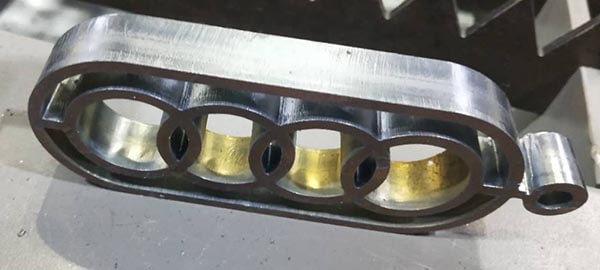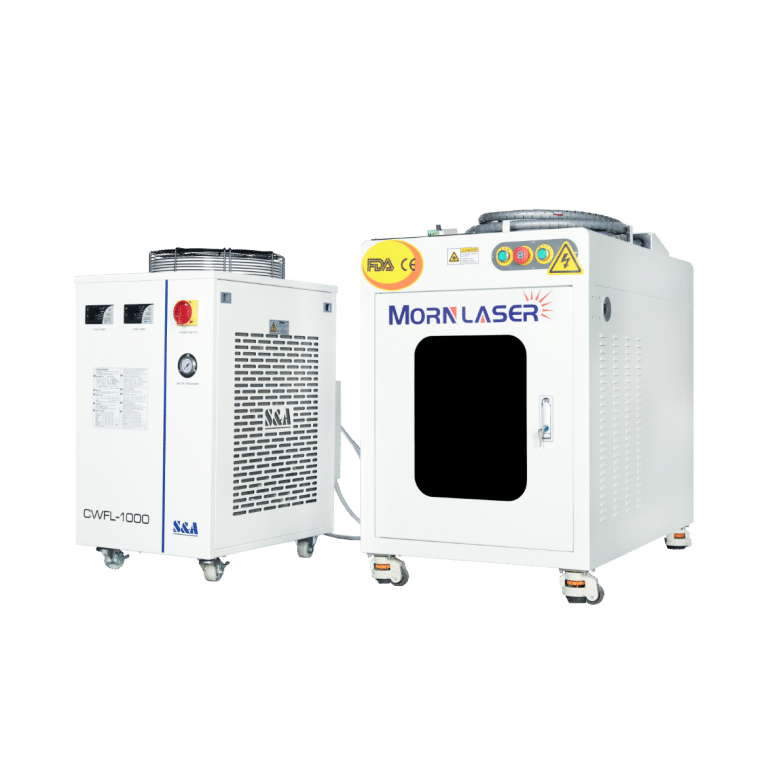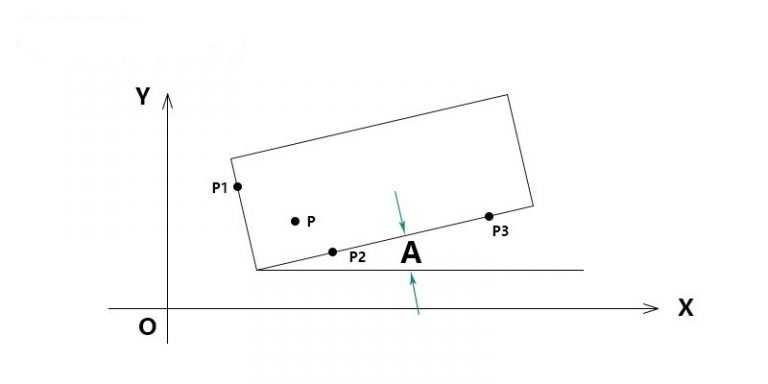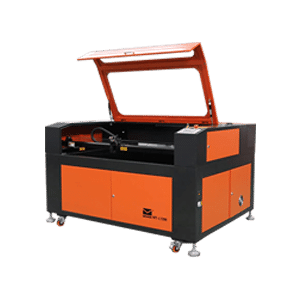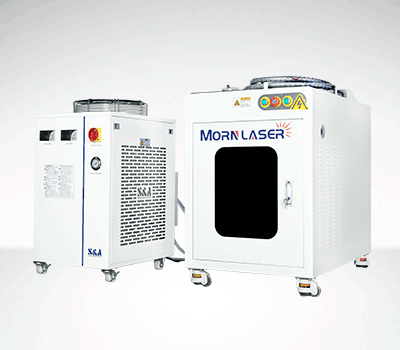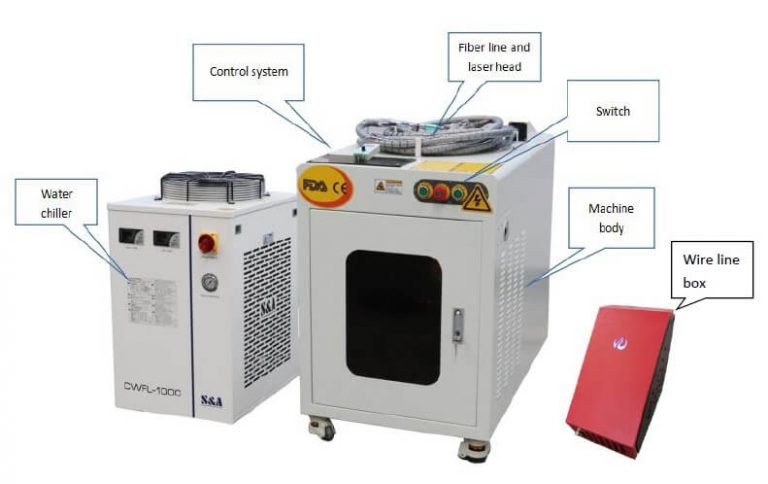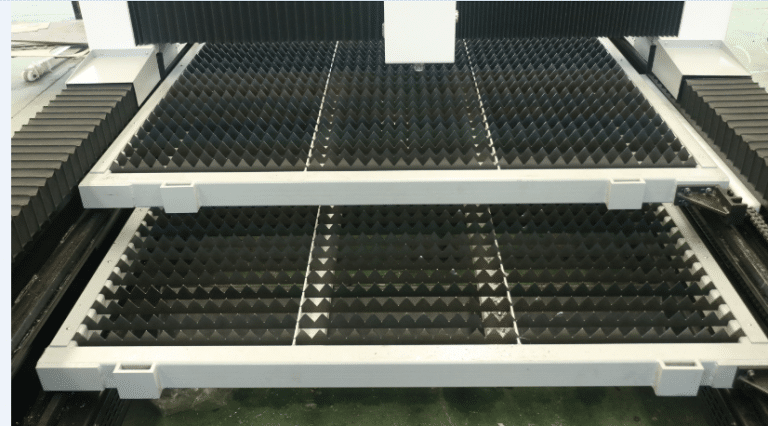Nowadays, it is widely used in all walks of life, and the development of equipment and technology update are getting faster and faster. However, many customers still have many problems when cutting thick plates, mainly in two aspects.
Table of Contents
First, cutting quasi-steady state combustion process is easy to maintain fluctuations, resulting in cutting difficulties.
Laser cutting of steel plate less than 10mm thick is no longer a problem, but if you want to cut more than 10mm thick steel plate, often need high power laser support, and the cutting quality is also significantly reduced, which is mainly related to the cutting front combustion is not stable.
On the other hand, the iron oxide produced in the combustion process will also hinder the diffusion of oxygen, and eventually lead to the decrease of the combustion temperature at the front. For the combustion process to continue, the temperature at the top of the slit must reach the ignition point.
Due to the high power laser equipment cost, its output laser mode is not conducive to laser cutting, so the traditional laser cutting method has no advantages in cutting thick plate. Due to the strong combustion effect in the laser radiation area, the oxygen concentration will decrease, which will also cause the temperature fluctuation of the cutting edge, leading to the incision quality fluctuation with the change of the cutting edge temperature.
Second, the thick plate is easy to hang slag, affecting the cutting quality.
When laser cutting machine cuts 10mm thick plate, it is mainly because the increase of steel plate thickness easily leads to the decrease of oxygen purity at the incision, thus affecting the temperature of the incision. The purity of oxygen flow has a strong influence on the cutting process. When the purity of oxygen flow decreased by 0.9%, the ferric oxygen combustion rate decreased by 10%. When purity was reduced by 5%, the combustion rate was reduced by 37%. The decrease of the combustion rate will greatly reduce the energy input into the slit during the combustion process and reduce the cutting speed. At the same time, the content of iron in the liquid layer on the cutting surface will increase, thus increasing the viscosity of the slag, resulting in the difficulty of slag discharge. In this way, there will be serious slag at the lower part of the cut, making the cut quality difficult to accept.
Anyone who has studied the principle of cutting knows that oxygen purity and ferric oxygen combustion rate decrease in the same direction. As oxygen purity decreases, so does the rate of iron-oxygen combustion, which is unacceptable for users who require high quality cutting. An effective way to solve this problem is to find ways to increase the oxygen purity of the incision and keep it stable. The most commonly used is to increase the auxiliary oxygen flow to improve the oxygen purity and stability of the incision.
In summary, there are generally three ways to solve these difficulties:
First, add a preheat flame around the cutting oxygen stream;
Second, add an auxiliary oxygen flow around the cutting oxygen flow;
Third, rationally design the inner wall of the nozzle to improve the characteristics of the air flow field.

